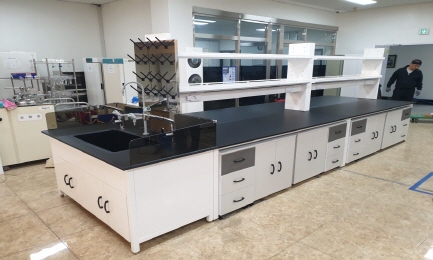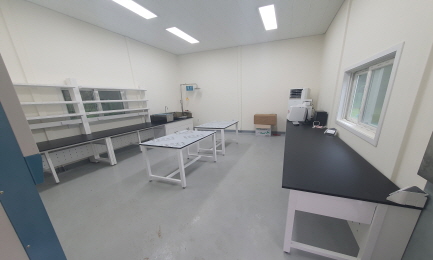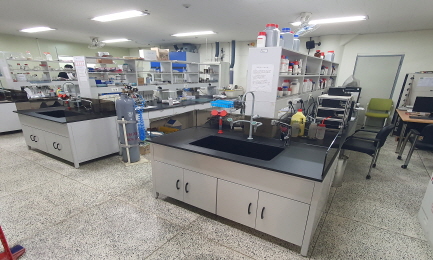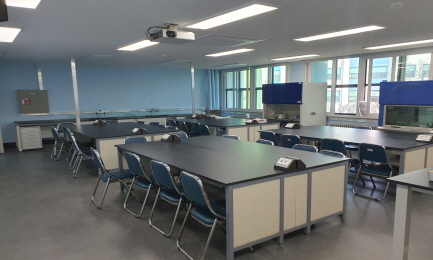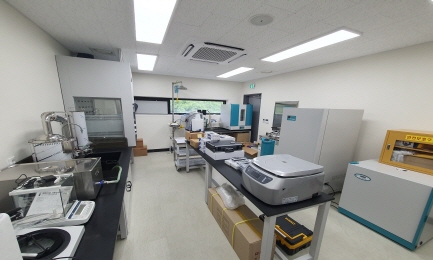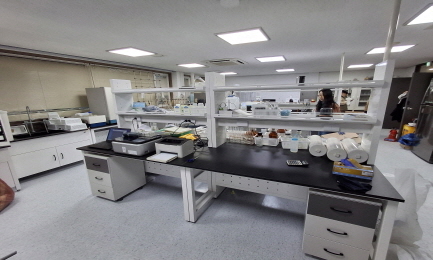

- 사업소개
- 실험실 컨설팅&턴키&리모델링
사업소개
실험실 컨설팅&턴키&리모델링
 실험실 컨설팅&턴키&리모델링 진행절차
실험실 컨설팅&턴키&리모델링 진행절차
-
STEP 01

고객 요청사항
(항목, 예산 등) 접수 
-
STEP 02

견적서(초안) 작성

-
STEP 03

현장 미팅 및 도면 작성

-
STEP 04

견적서(최종) 계약
및 발주 
-
STEP 05

납품 및 검수

-
STEP 06

특이사항 처리
및 최종 완료
